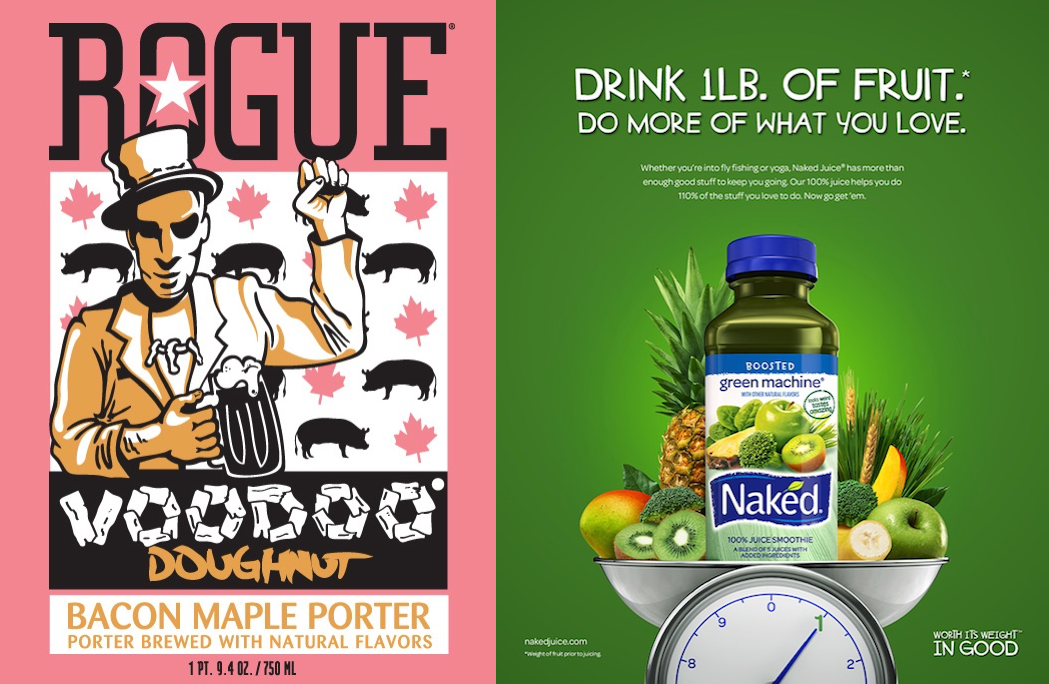42 Reading: Advertising
Advertising: Pay to Play

Advertising is a very old form of promotion with roots that go back even to ancient times. In recent decades, the practices of advertising have changed enormously as new technology and media have allowed consumers to bypass traditional advertising venues. From the invention of the remote control, which allows people to ignore advertising on TV without leaving the couch, to recording devices that let people watch TV programs but skip the ads, conventional advertising is on the wane. Across the board, television viewership has fragmented, and ratings have fallen.
Print media are also in decline, with fewer people subscribing to newspapers and other print media and more people favoring digital sources for news and entertainment. Newspaper advertising revenue has declined steadily since 2000.[1] Advertising revenue in television is also soft, and it is split across a growing number of broadcast and cable networks. Clearly companies need to move beyond traditional advertising channels to reach consumers. Digital media outlets have happily stepped in to fill this gap. Despite this changing landscape, for many companies advertising remains at the forefront of how they deliver the proper message to customers and prospective customers.
The Purpose of Advertising
Advertising has three primary objectives: to inform, to persuade, and to remind.
- Informative Advertising creates awareness of brands, products, services, and ideas. It announces new products and programs and can educate people about the attributes and benefits of new or established products.
- Persuasive Advertising tries to convince customers that a company’s services or products are the best, and it works to alter perceptions and enhance the image of a company or product. Its goal is to influence consumers to take action and switch brands, try a new product, or remain loyal to a current brand.
- Reminder Advertising reminds people about the need for a product or service, or the features and benefits it will provide when they purchase promptly.


When people think of advertising, often product-focused advertisements are top of mind—i.e., ads that promote an organization’s goods or services. Institutional advertising goes beyond products to promote organizations, issues, places, events, and political figures. Public service announcements (PSAs) are a category of institutional advertising focused on social-welfare issues such as drunk driving, drug use, and practicing a healthy lifestyle. Usually PSAs are sponsored by nonprofit organizations and government agencies with a vested interest in the causes they promote.

Advantages and Disadvantages of Advertising
As a method of marketing communications, advertising has both advantages and disadvantages.[2]
- Credibility. By investing in a public presentation of your company and its products, you can enhance customers’ perceptions of legitimacy, permanence and quality that they associate with your enterprise.
- Timing. You can repeat a message at strategic intervals. Repeating your message increases the likelihood that your target customer will see the message at a time where he is open to hearing it. The right timing can maximize your awareness-building efforts.
- Drama. The best advertising puts a human face on a company and its products. It can convey a sense of adventure, challenge people to test their assumptions about your business or entertain or enlighten your audience. It can introduce consumers to images and symbols that differentiate your company from others.
- Branding. Effective advertising enables you to create and nurture brand equity, a vital but intangible source of goodwill that flows from a favorable image associated with a brand name. Once your company establishes a distinctive trademark in the public eye, you have a competitive advantage.
Disadvantages of advertising
- Cost. Marketers often argue that advertising offers a cost-effective way to reach large groups, and it’s true that the cost per contact can prove lower than with other promotional methods. Nevertheless, many entrepreneurs lack the finances to invest heavily in advertising. Producing and placing professional advertisements is prohibitively expensive for many emerging-growth companies.
- Follow through. While attention-grabbing advertising can attract interest, even the most innovative campaigns can become stale over time. And entrepreneurs may grow to rely too much on advertising at the expense of more personal, direct appeals to niche audiences.
- Lack of feedback. Measuring the success of advertising can prove impossible. Some of the best TV commercials from a stylistic standpoint may not increase sales for the advertiser.
- Consumer indifference. As people get pelted with promotional messages throughout the day, they become better at screening out ads. Information overload and clutter can lead your target audience to turn away from your best efforts to engage them.
Source: https://edwardlowe.org/how-to-establish-a-promotional-mix/

